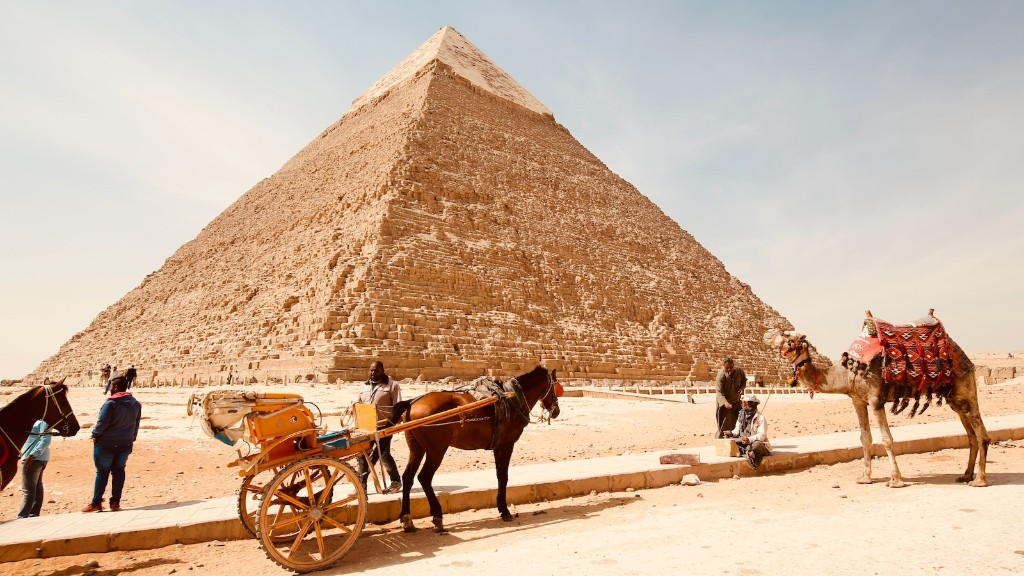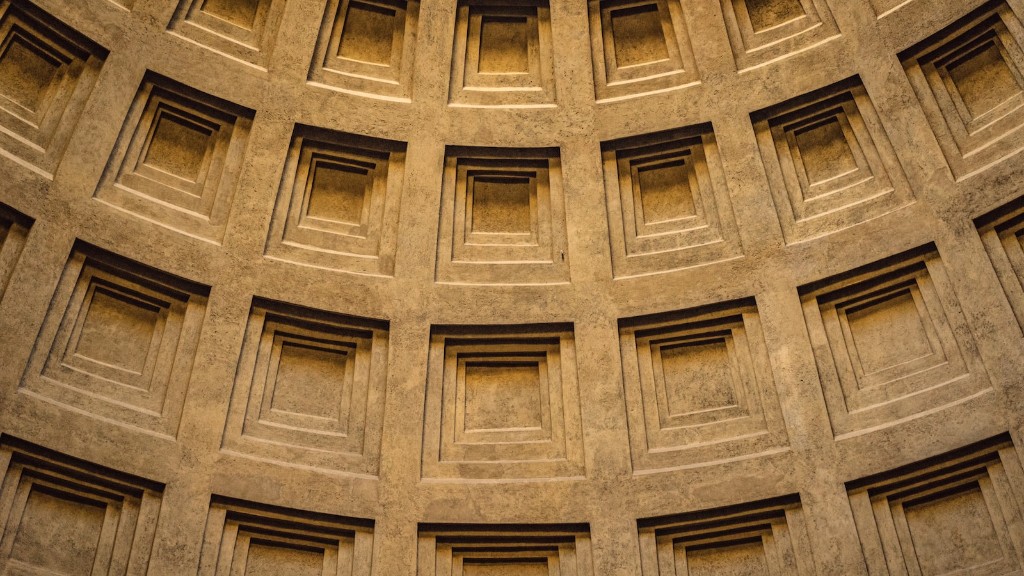Introduction
Ancient Egypt is a mysterious civilization that has captured the imaginations of many throughout the centuries. It is a place of extraordinary art and architecture, of powerful pharaohs, of untold wealth and wealth creation. It is considered one of the most advanced societies of the ancient world, and as such, many around the world are fascinated by its ability to seemingly achieve perfection in many aspects of its development. The purpose of this article is to examine the question of whether or not Ancient Egypt achieved perfection in terms of its society. We will explore this by looking at several different factors including the economy, the religion, and the monumental architecture. By exploring the evidence, we will be able to better understand whether or not Ancient Egypt indeed achieved perfection.
The Economy
Much of the excellence of the Ancient Egyptians can be seen in the economy, which they established and maintained throughout their history. Ancient Egypt was the most advanced economy of its time, and had a highly developed system of agriculture, banking, and trade. They were able to use multiple methods of taxation, such as tithing and direct taxes, as well as the use of labor and its advantages in trade. By using the Nile River as a trade route, they were able to trade items with other nations and become even more prosperous. All of these factors helped to create economic stability and abundance in Ancient Egypt.
The Religion
Another major factor in Ancient Egypt’s achievement of perfection is its religion. Ancient Egypt was a polytheistic society, meaning they worshiped multiple gods. Each god had a role to play in the world, and the Egyptians believed that by performing rituals and obeying the gods’ commands, they were able to achieve balance and harmony. This religious belief was deeply meaningful to the Ancient Egyptians, and provided them with a sense of comfort and purpose in life.
Monumental Architecture
The Egyptians were also master builders, and had the capability to construct impressive monuments and architectural pieces that stood the test of time. One of the most well-known monuments is the Great Pyramid of Giza. This incredible piece of architecture took about 20 years to build, and served as a symbol of power and immortality of the Pharaoh Khufu. The Egyptians also built the Great Sphinx, one of the most famous statues in the world, which still stands today.
The Legacy of Ancient Egypt
Much of the excellence of Ancient Egypt’s society is still held in awe today. After thousands of years, the great works of the Egyptians have withstood the test of time and continue to inspire people around the world. All of the factors discussed here exhibit a level of excellence which is undeniable, and perhaps Ancient Egypt was indeed able to achieve perfection in one form or another.
Conclusion
In conclusion, Ancient Egypt achieved excellence in many aspects, including economy, religion, and monumental architecture. Although it is difficult to say definitively whether or not they reached perfection in all aspects, it is clear from the evidence that their society was advanced and well-developed in comparison to other societies of the ancient world.
Influence of Ancient Egypt in Today’s World
The influence of Ancient Egypt has been felt throughout the centuries. In the present day, many people are inspired by the architecture and art of Ancient Egypt and seek to replicate it in their own work and projects. For example, the pyramids of Giza have been recreated in modern buildings and have become popular tourist attractions. Likewise, Egyptian artifacts can be found in many museums around the world, and many cities have adopted an Egyptian-themed aesthetic to their architecture and cityscape.
Politics in Ancient Egypt
The Ancient Egyptians had a well-developed system of government which was focused around the Pharaoh. The Pharaoh was seen as the divine ruler of all of Egypt, and as such, held a great deal of power. The Pharaoh was supported by a complex system of officials and laws, and held the authority to make decisions as he saw fit. Religion also played a vital role in Ancient Egypt’s political structure, and Pharaohs were seen as representatives of the gods.
Cultural Practices of Ancient Egypt
The Ancient Egyptians had a rich culture with many unique customs and traditions. One of the most prominent was the practice of mummification. This was a complex process in which the body of a deceased person was preserved with the intention of preserving it for eternity. In addition, Ancient Egyptians held a great deal of religious reverence for cats, and cats were seen as divine creatures and was heavily involved in Egyptian religion.
Legacy of Ancient Egypt in Literature and Art
The legacy of Ancient Egypt can also be seen in literature and art. In addition to the works of Ancient Egyptians, many contemporary authors and artists have drawn inspiration from Ancient Egyptian culture and ideas. Some famous works include Edgar Allan Poe’s “The Sphinx” and the sculptures of Auguste Rodin. In addition, many popular culture icons, such as the Cleopatra, have been derived from Ancient Egypt.
Perception of Ancient Egypt
Today, Ancient Egypt is still a highly romanticized and idealized ancient culture. People around the world continue to be fascinated by its mysterious history and advanced accomplishments. The debate over whether Ancient Egypt did indeed achieve perfection in its society and development will likely continue, but there is no doubt that they were able to achieve excellence in many areas.


